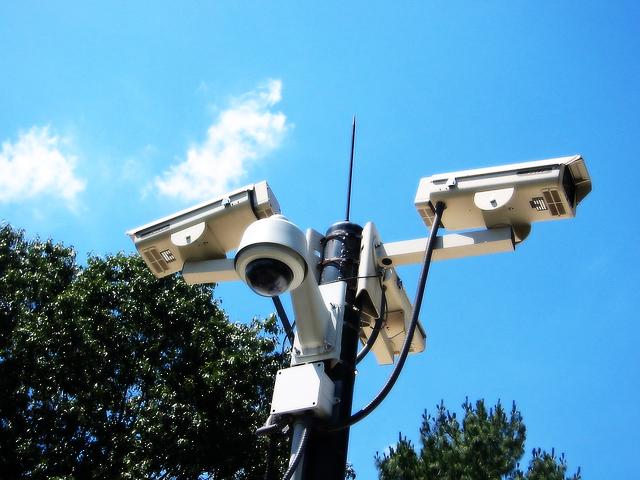Police in Ohio, 26 other states using facial recognition software in secret
Ohio and 26 other states are using facial recognition technology to identify people based only off of a photograph. (Photo courtesy of Futureatlas.com.)
Ohio’s Bureau of Criminal Investigation has used facial recognition technology to match drivers license photos and surveillance footage for months without telling the public, The Cincinnati Enquirer revealed on Monday.
The program launched on June 6 and Ohio Attorney General Mike DeWine learned of it two weeks later. DeWine, though, was supportive of the program.
“The odds are that (your) state does exactly, exactly what we’re doing,” he said.
DeWine is right. At least 26 other states use facial recognition technology in law enforcement.
The Enquirer investigation is just the latest to unveil secret government surveillance, which in the wake of leaks by former National Security Agency contractor Edward Snowden has become one of the most debated issues of the year.
The first of Snowden’s leaks revealed that the NSA was intercepting and collecting email and phone records of U.S. citizens with the authorization of a secret court. Later leaks revealed that the NSA tapped videoconferences of foreign diplomats at the United Nations in New York.
At the Boston Maraton bombing in April, video surveillance played a key role in identifying two brothers as suspects — helping law enforcement making the argument that cameras are critically important. In August, a New York City judge ordered that more NYPD officers be outfitted with cameras in order to keep both criminals and the officers accountable.
Privacy advocates have spoken out against such measures, saying that in the wake of the Snowden leaks, the government should be limiting surveillance.
Programs like the Ohio Law Enforcement Gateway allow police more power to identify people — and much faster than before. Previously, police could only identify someone if they knew their name or address. With new facial recognition software, police can identify anyone they can photograph.
Since June, Ohio police have carried out 2,600 facial recognition searches to analyze photos and security camera images, according to the Enquirer.
“Even if they do have reason to suspect someone, should they be able to follow all of our movements?” asked Jeffrey Rosen, president and CEO of the National Constitution Center. “It’s the quantity of the information, not the identification itself that’s identified.”
The big question regarding surveillance in America is whether U.S. citizens should have any expectation of anonymity, Rosen said.
“Although identification of individual suspects may be OK, what makes this a grey area is once that leads to the tracking and ubiquitous surveillance of suspects without a warrant, that violates a right to anonymity that I think the framers would have insisted on,” he said.
